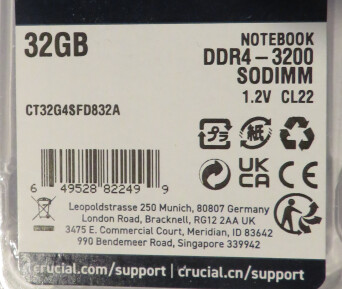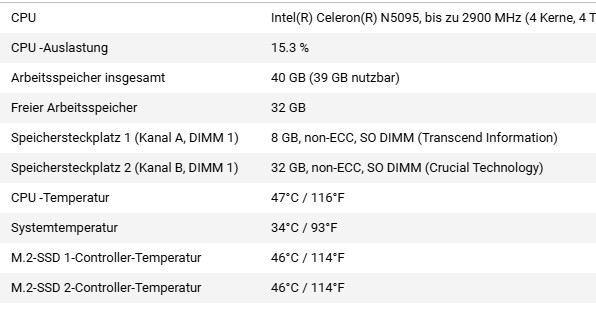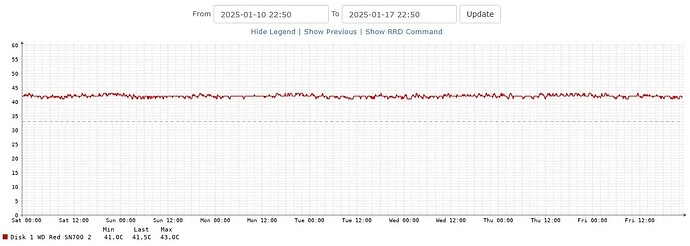Any M.2 SSD faster than PCIe3 is useless because the M.2 slots are only PCIe3x1, that is just 1 PCIe Lane per M.2 SSD = 1GB per second max per M.2 SSD. Yet, this is still fast enough for 10Gb Ethernet (= 1.25GB/s)
Here is the compatiblity list with a PCIe-3 M.2 model/series from WD:
Such PCIe3 M.2 SSDs don’t need a heatsink because they get a lot less hot than PCIe4 M.2 SSDs…not to speak of PCIe5 M.2 SSDs.
QuTS hero runs great on the TS-464 with 16GB of RAM. I am running a TS-464 with 16GB and QuTS hero now for more than 3 months. And it runs seamless. But you must upgrade - as you plan - to 16GB first.
Please keep in mind that if you migrate from QTS to QuTS hero, all data will be erased because QuTS hero uses the Mercedes of the FileSystems, ZFS. And this high reliability filesystem has a complete other architecture than EXT4/LVM being used with QTS. So you need to backup all your data first, before you switch to QuTS hero. ZFS cannot read the data of QTS RAIDs or single HDDs. You have to install your QNAP system and shares from scratch for QuTS hero and its ZFS filesystem. If you are experienced with such setups or migrations, no problem, if your not used to it, you might want to stick with QTS. It’s a fine and reliable OS too.
Also, if you plan to run a Windows VM or VMs on your TS-464 with the QNAP Virualization Station app, keep in mind that with QuTS hero you can only use ≈ max. 9GB RAM for the VMs. ZFS reserves 40% of the RAM for its RAM cache (ZFS ARC). Yes, ZFS uses the super fast RAM for the writing cache (ZFS ARC), not the slower SSD cache. If you create a cache under QuTS hero with the M.2 SSDs for instance, that cache is only being used as a read-cache + for the SLOG (ZIL) which is like records in accounting but for write operation records instead of money. Having this ZFS Intention LOG (=ZIL) on SSDs (= SLOG = Separate LOG) instead of writing it to the data HDDs, this still is a good thing, but the actual writing of data goes from the RAM directly to the data HDDs (or data SSDs) not through the SLOG. If you use no HDDs and only SSDs (SATA) for you data-shares, then, you don’t need to create a ZFS cache at all because that cache is not faster than your data SSDs.
Again, please do only migrate to QuTS hero if you’re really familiar with such migrations. And do not migrate to QuTS hero if you want to run/test VMs on your TS-464. For that purpose, QTS with EXT4/LVM filesystem is better suited and as mention, a fine OS too.
Also, you can do a big favor to your TS-464 when you don’t cram it in a cabinet with little air-circulation. If you store the TS-464 in a separate small room like a storeroom, then buy an external $20 consumer fan and simply blow the air to the TS-464 and its external power supply. Even if that air is 30˚ Celsius, this still greatly cools the NAS because the components of a NAS have temperatures going up to 50 - 60˚ Celsius. In a nutshell, with such a dirt-cheap fan you can greatly contribute to the life-span of your NAS and the HDDs and SSDs. If your NAS is in a large room with plenty of space around the NAS though, such an external fan is not needed as the fans of the TS-464 do it all for you. But I wanted to mention this alleged negligibility because people often forget about this detail, a detail that can have a severe impact on the lifespan.




